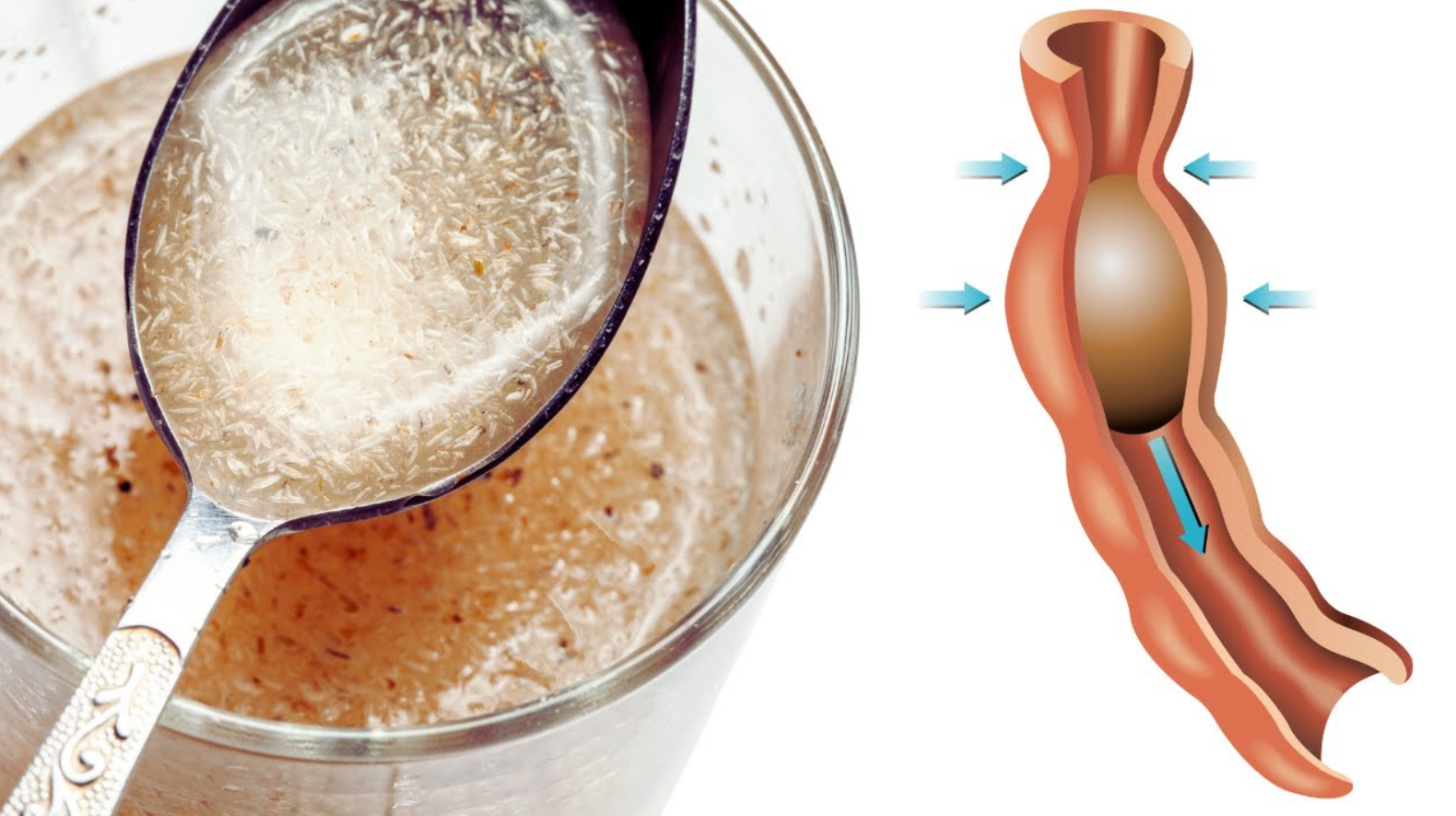Understanding the role of fibre in blood sugar regulation is critical, especially as the global prevalence of diabetes and prediabetes rises. Fibre, particularly soluble fibre, is important for controlling blood glucose levels because it forms a gel-like substance in the gut that inhibits sugar absorption. This mechanism can have a significant impact on blood sugar rises and overall glycaemic management.
How Fibre Impacts Blood Sugar
Slows glucose absorption:
Soluble fibre forms a gel in the digestive tract. This gel binds carbohydrates and inhibits their digestion and absorption, reducing sudden blood sugar spikes after meals.
Reduces post-meal glucose spikes:
According to research, consuming just 2 tablespoons of fibre twice a day will considerably reduce blood sugar levels after meals: 13% after breakfast, 65% after lunch, and 41% after supper.
Long-term Blood Sugar Management:
Studies reveal that increasing daily fibre consumption by 11 to 13 grammes can reduce haemoglobin A1c levels by half a point. This metric measures average blood sugar levels over two to three months, emphasising fiber’s function in long-term glucose management.
Improves insulin sensitivity.
Additional fibre can increase insulin sensitivity by roughly two points, allowing the body to better use glucose and maintain blood sugar levels.
Broader Health Benefits of Fiber
- Cardiovascular Health: High fiber intake is linked to lower rates of heart disease.
- Reduced Cancer Risk: Diets rich in fiber are associated with a decreased risk of certain types of cancer.
- Longevity: A high fiber diet correlates with a 45% lower risk of death from any cause.
Incorporating More Fiber Into Your Diet
Increasing your fiber intake can be done through both supplements and a variety of foods. Here are some excellent sources of both soluble and insoluble fiber:
- Fruits: Apples, pears, plums (with skins), berries, and citrus fruits.
- Vegetables: Leafy greens, broccoli, cauliflower, carrots, and sweet potatoes.
- Legumes: Beans, chickpeas, and lentils.
- Nuts and Seeds: Almonds, walnuts, sunflower seeds, and pumpkin seeds.
- Whole Grains: Oats, quinoa, brown rice, and barley.
Practical Tips for Increasing Fiber Intake
- Breakfast: Start with oatmeal topped with fruits and nuts.
- Lunch: Opt for a salad packed with veggies, chickpeas, and a sprinkle of seeds.
- Snacks: Reach for whole fruits, nuts, or yogurt with berries.
- Dinner: Include a portion of beans or whole grains like quinoa or brown rice.
Conclusion
Fiber’s significance in blood sugar management is well-documented in research, providing a simple yet effective technique for improving health. Whether you are presently managing diabetes or want to avoid it, incorporating extra fibre into your diet can be a pleasant and health-promoting option. Remember that, as with any dietary adjustment, it is best to consult with your healthcare professional, especially if you are managing a health condition like diabetes.
After reading this text you can also read about: Revealed: The Effects of Eating Canned Tuna on Your Body



